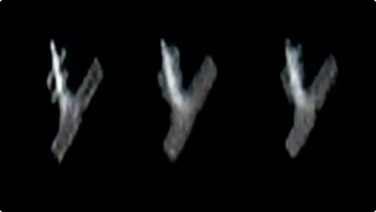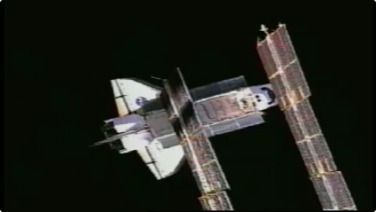A few special satellites can be much brighter than the North Star and are truly the superstars of the night sky.
Number one on the list is the International Space Station (ISS), which can be as bright as Jupiter. Observers anywhere from 60 degrees north to 60 degrees south can see this giant, the largest satellite orbiting Earth. It's particularly large and bright when a space shuttle is docked there. Some satellite-spotters have taken to capturing photos of this giant as it goes overhead. Some have even made movies.
The space shuttles were interesting targets until they were retired. They were viewable about a half-dozen times a year, for about twelve days at a time. The shuttles were similar in brightness to the space station but their orbits varied, depending on the missions they were on.
When heavy objects—telescopes or communications satellites—were being placed into orbit, the shuttle usually attained a 28.5-degree orbit, allowing it to steal just a little bit of Earth's gravitational energy. Earth rotates to the east, so the closer to the plane of the equator a shuttle commander could fly, the greater the boost to the shuttle's payload. On these missions, shuttles could only be seen by stargazers within 38 degrees of the equator.
If you paid close attention to the launch calendar, you might even have been able to see a shuttle catch up to the International Space Station. It might have looked as if the station was actually catching up to the shuttle—exactly what you saw depended upon where you were, where they were, and when you were looking.

